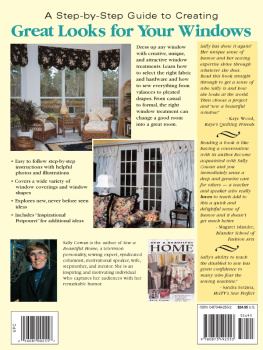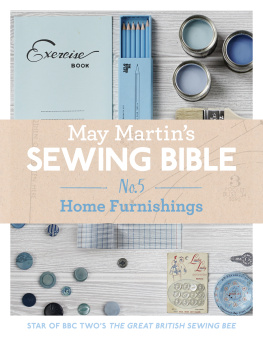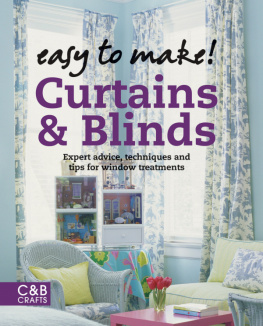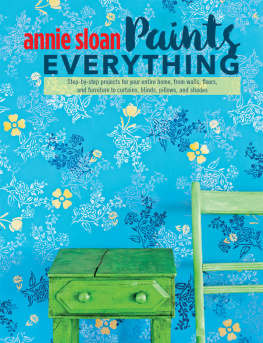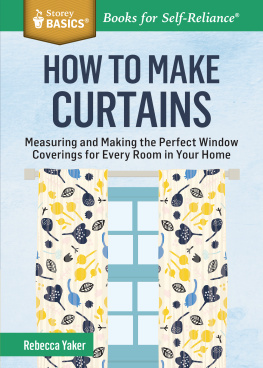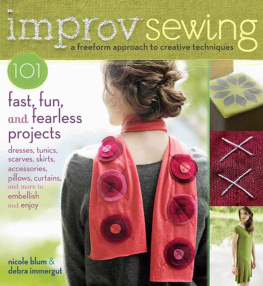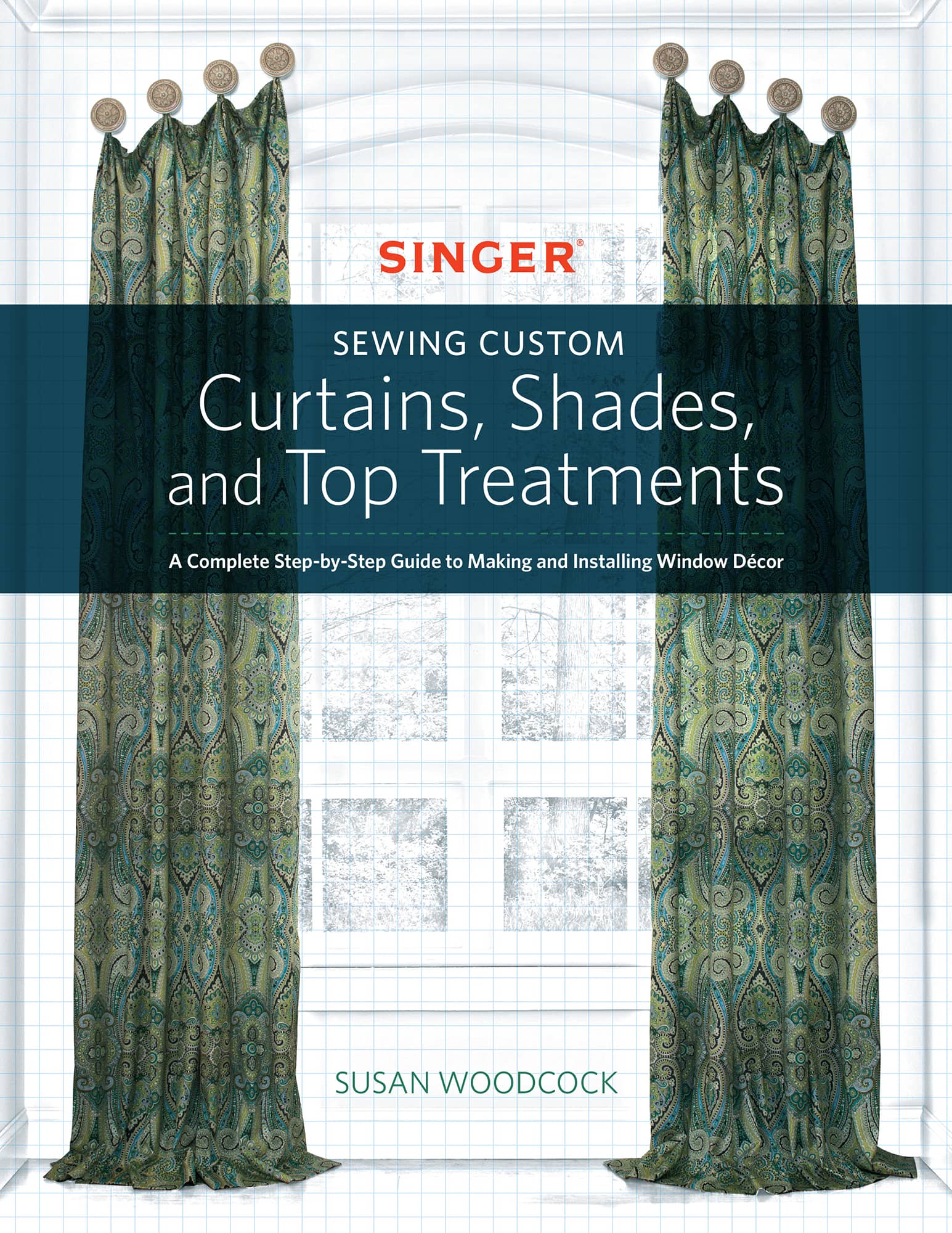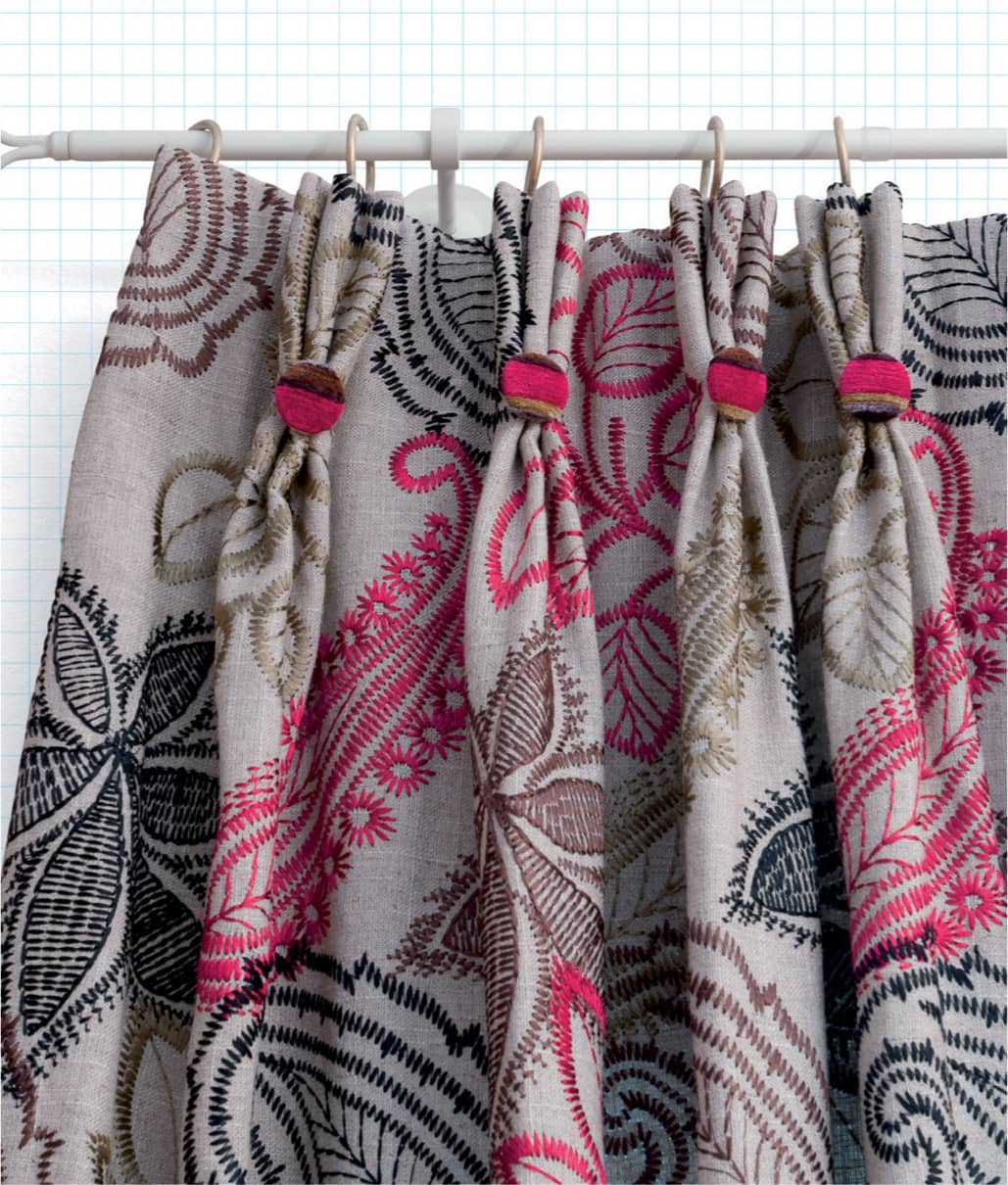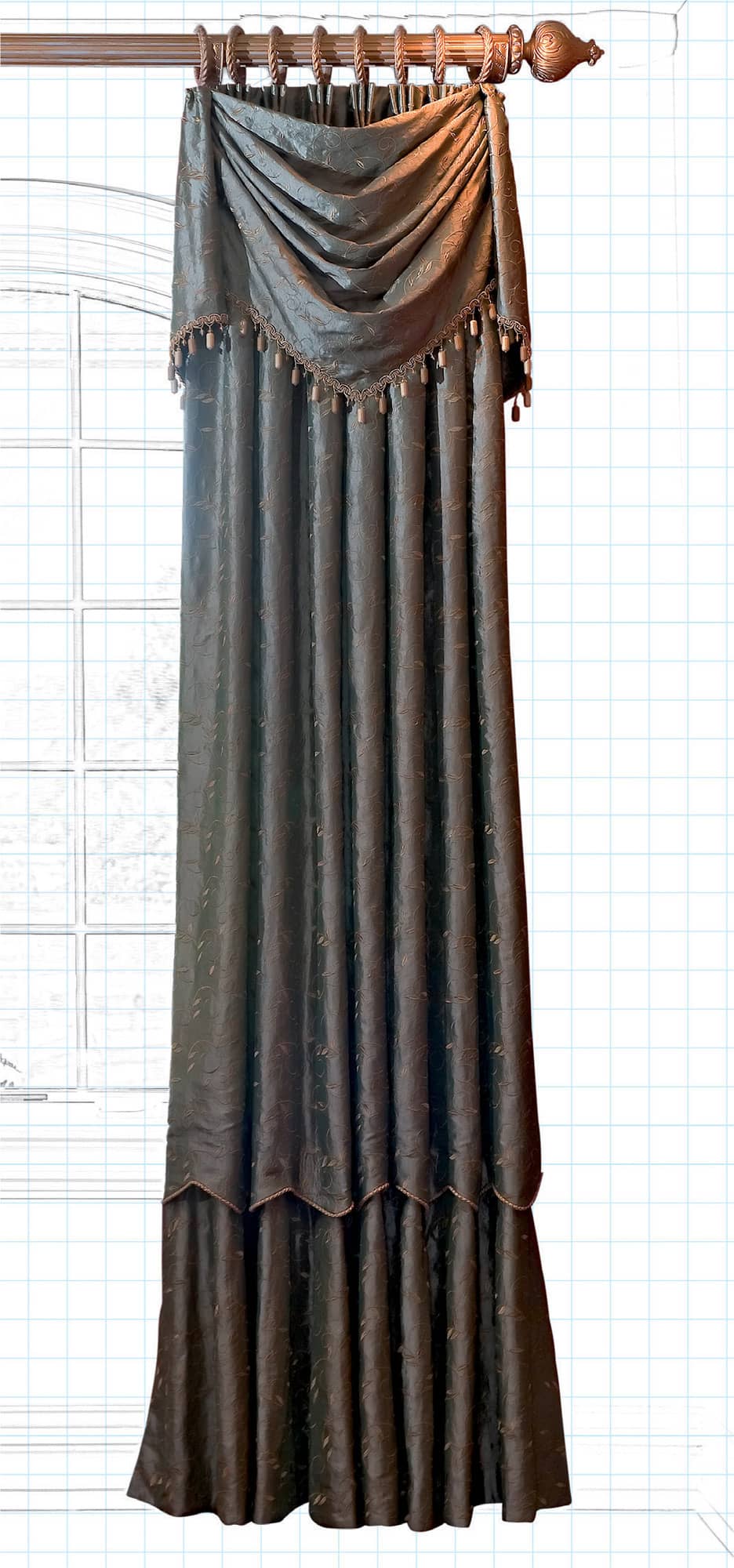SEWING CUSTOM
Curtains, Shades, and Top Treatments
A Complete Step-by-Step Guide to Making and Installing Window Dcor
SUSAN WOODCOCK


2016 Quarto Publishing Group USA Inc.
Illustrations 2016 Susan Woodcock
First published in the United States of America in 2016 by Creative Publishing international, an imprint of Quarto Publishing Group USA Inc.
400 First Avenue North
Suite 400
Minneapolis, MN 55401
1-800-328-3895
QuartoKnows.com
Visit our blogs at QuartoKnows.com
All rights reserved. No part of this book may be reproduced in any form without written permission of the copyright owners. All images in this book have been reproduced with the knowledge and prior consent of the artists concerned, and no responsibility is accepted by producer, publisher, or printer for any infringement of copyright or otherwise, arising from the contents of this publication. Every effort has been made to ensure that credits accurately comply with information supplied. We apologize for any inaccuracies that may have occurred and will resolve inaccurate or missing information in a subsequent reprinting of the book.
Digital edition published in 2016
Digital edition: 978-1-63159-155-6
Softcover edition: 978-1-58923-931-9
Library of Congress Cataloging-in-Publication Data available
Cover Image: Susan Woodcock
Design and Page Layout: Laura Shaw Design, Inc.
Photography: Susan Woodcock
Illustration: Susan Woodcock
Contents
Guide
Introduction
Interior decoration is an important part of every home. Soft furnishings like curtains, bedding, and upholstery can create beautiful rooms filled with pattern, color, and texture. But there is also a practical side. Fabric furnishings can improve your quality of living, making your home inviting, safe, and comfortable.
Creating your own window coverings can be very rewarding. You will feel accomplished and proud of your skills, and save money. That is not to say that making your own window treatments is cheap. The fabric, supplies, and hard-ware that you will need to complete your project can be a big investment. But if you are willing to devote the time and effort to planning and making them properly, your window treatments will last for many, many years. Money well spent!
This book is designed to give you added confidence as you learn basic to advanced skills. With each new project you will gain experience and soon you will be able to tackle any type of window treatment.
PLANNING YOUR PROJECT
Designing and selecting window treatments is a big job, and there are many decisions to make along the way. This book will guide you through the process from measuring to finishing touches. Begin by looking for inspiration in books, magazines, and websites and researching the tools, materials, and supplies needed to complete the project, and then follow along with the how-to instructions to create custom designs for your windows.
Identifying Styles
There are two categories of window treatments: hard (shutters, horizontal and vertical blinds) and soft (draperies, curtains, valances). Soft window treatments are composed of four basic styles: flat, gathered, pleated, and swagged. Elements of each are combined to create a wide variety of unique designs.
Flat styles of window treatments include Roman shades and cornice boards where the fabric is hanging or stretched flat. Grommet and tab-top curtains are made without any pleats and are flat panels of fabric before being put on the rod.
This Roman shade is an example of a flat style.
Gathered styles have fullness; extra fabric is figured into the width, and is then shirred onto a rod with a pocket sewn into the top or gathered up with sew-on tapes.
This gathered curtain is made with a rod pocket. Extra fabric above the rod creates a pretty ruffle at the top.
On pleated styles, extra fabric is divided into uniform sections. The pleated sections can be on the front or reverse side of the window treatment. Pleats can be flat and plain like a box pleat, or formed into decorative soft shapes, as in goblet, French, or butterfly pleat styles.
This simple box-pleated valance has pressed pleats for a tailored look.
This curtain has French-style pleats. Buttons add a punch of color at the base of each pleat.
To create swag styles, the fabric is draped so that it falls on the bias, or diagonal of the fabric grain. Swags can be very simple and light, or have deep folds for a more formal look.
Swags top this pleated drapery, combining two of the basic stylespleated and swaggedin one window treatment.
Creating Pleasing Proportions and Working with Awkward Windows
When possible, window treatments look best when raised above and extended on either side of the window frame or opening. If you think about it, you are actually creating wall treatments, not window treatments! This will frame the window, allowing for more exposure of the glass for light and the view outside. Here are some other tips to create pleasing proportions and to help disguise awkward windows and flaws.
Extend curtains on each side to make a narrow window appear larger.
Raise the window treatment above the frame to make a short window appear taller.
Use arched styles or large-scale hardware to balance open wall space above a window.
When raising draperies or valances high above the frame, fill in the blank wall space with a false Roman shade to create the illusion of a taller window.
Mount hardware at the same height on windows of differing heights in the same space to disguise the difference.


